Home>Gardening & Outdoor>Plant Care & Gardening Tips>What Is A Native Plant
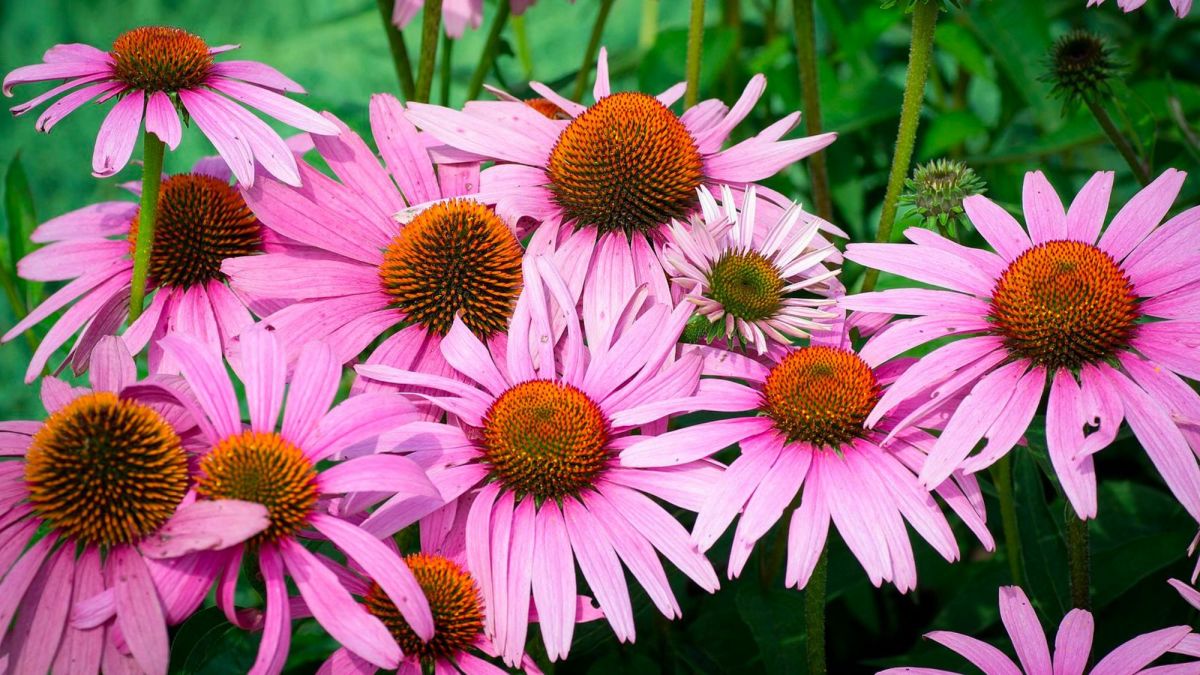

Plant Care & Gardening Tips
What Is A Native Plant
Modified: January 9, 2024
Discover the benefits of native plants and get expert plant care and gardening tips to create a thriving natural landscape. Learn how to nurture native plants for a sustainable and beautiful garden.
(Many of the links in this article redirect to a specific reviewed product. Your purchase of these products through affiliate links helps to generate commission for Storables.com, at no extra cost. Learn more)
**
Introduction
**
Welcome to the fascinating world of native plants! Whether you're a seasoned gardener or just starting out, understanding the significance of native plants and how they contribute to the environment is essential. In this article, we'll delve into the definition, importance, characteristics, examples, benefits, and challenges of using native plants, providing you with a comprehensive understanding of their role in sustainable gardening practices.
Native plants have a rich history deeply intertwined with the natural landscape. By exploring the concept of native plants, we can gain a deeper appreciation for the environment and the benefits of incorporating these plants into our gardens. Let's embark on this enlightening journey to uncover the wonders of native plants and how they can enhance your gardening experience.
**
Key Takeaways:
- Native plants are species that naturally occur in a specific region without human intervention, playing a vital role in supporting local ecosystems and wildlife habitats.
- By using native plants in gardening, individuals can conserve water, support pollinators, and create low-maintenance, biodiverse outdoor spaces while connecting with the cultural and historical significance of these plants.
Read more: What Is A Non-Native Plant
Definition of Native Plants
**
Native plants, also known as indigenous or endemic plants, are species that occur naturally in a particular region, ecosystem, or habitat without human intervention. These plants have evolved and adapted to the specific environmental conditions, including soil types, climate, and wildlife interactions, over an extensive period. Their presence predates the introduction of non-native or exotic species, and they play a vital role in maintaining ecological balance and biodiversity.
One of the defining characteristics of native plants is their ability to thrive in their natural habitat without requiring excessive human intervention, such as irrigation, fertilization, or pest control. Their resilience and adaptability make them well-suited for sustainable landscaping and gardening practices, offering numerous benefits for both the environment and gardeners.
It’s important to note that the definition of native plants can vary based on geographical location. A plant species considered native in one region may be classified as non-native in another. This distinction is crucial in preserving the unique flora and fauna of different ecosystems and promoting the conservation of native plant species.
**
Importance of Native Plants
**
The significance of native plants extends far beyond their aesthetic appeal in gardens and landscapes. These plants play a pivotal role in supporting local ecosystems, wildlife habitats, and environmental sustainability. Understanding the importance of native plants is essential for cultivating a deeper appreciation for their ecological contributions.
One of the primary reasons native plants are highly valued is their ability to provide essential resources for native wildlife. From nectar-rich flowers that attract pollinators to seeds and fruits that serve as food sources for birds and mammals, native plants form the foundation of diverse and resilient ecosystems. By cultivating native plant species, gardeners can create thriving habitats that support a wide array of beneficial insects, birds, and other wildlife, contributing to the overall biodiversity of the region.
Moreover, native plants are well-adapted to local climate conditions, soil types, and precipitation patterns. Their deep-rooted resilience enables them to withstand environmental stressors, such as droughts and temperature fluctuations, more effectively than non-native species. As a result, incorporating native plants into landscaping and gardening projects can reduce the need for excessive water usage, chemical inputs, and maintenance efforts, promoting sustainable and eco-friendly practices.
Another crucial aspect of the importance of native plants is their role in preserving and restoring natural habitats. By reintroducing native plant species to degraded or disturbed landscapes, conservation efforts can help revitalize ecosystems, prevent soil erosion, and enhance the overall health of the environment. This restoration approach contributes to the conservation of native plant diversity and the protection of endangered species, fostering a more resilient and balanced natural environment.
Furthermore, native plants hold cultural and historical significance, often serving as integral components of traditional landscapes and indigenous knowledge systems. By embracing native plant species in gardening and landscaping endeavors, individuals can connect with the heritage and heritage of the region, fostering a sense of place and environmental stewardship.
Overall, the importance of native plants lies in their ability to sustain biodiversity, support wildlife, conserve natural resources, and preserve local ecological heritage. By recognizing and promoting the value of native plants, gardeners and conservationists can contribute to the long-term health and resilience of the environment.
**
Characteristics of Native Plants
**
Native plants possess a diverse array of characteristics that distinguish them from non-native species and contribute to their ecological significance. Understanding these traits is essential for recognizing the value of native plants in sustainable landscaping and conservation efforts.
-
Adaptability: Native plants have evolved to thrive in specific environmental conditions, including soil types, moisture levels, and climate variations. Their natural adaptability enables them to withstand local challenges and fluctuations, making them well-suited for sustainable landscaping and restoration projects.
-
Biodiversity Support: Many native plant species are essential components of local food webs and ecosystems, providing food, shelter, and nesting sites for native wildlife. Their presence contributes to the overall biodiversity of the region, supporting a wide range of beneficial insects, birds, and other fauna.
-
Drought Tolerance: A notable characteristic of native plants is their ability to withstand periods of limited water availability. Their deep root systems and water-efficient adaptations enable them to thrive in arid or semi-arid environments, reducing the need for extensive irrigation in landscaping projects.
-
Wildlife Attraction: Native plants often produce nectar-rich flowers, fruits, and seeds that attract and sustain a diverse array of wildlife, including pollinators, birds, and small mammals. By cultivating native plant species, gardeners can create vibrant habitats that support local wildlife populations.
-
Soil Health Enhancement: Many native plants contribute to soil health by promoting microbial activity, preventing erosion, and improving soil structure. Their deep roots can help stabilize soil, reduce runoff, and enhance overall soil fertility, making them valuable components of sustainable land management practices.
-
Ecosystem Resilience: Native plants play a crucial role in maintaining the resilience and stability of local ecosystems. Their interactions with other native species, such as pollinators and herbivores, contribute to the dynamic balance of natural communities, fostering ecological resilience and adaptability.
-
Cultural Significance: Native plants often hold cultural and historical significance, serving as integral components of traditional landscapes and indigenous knowledge systems. Embracing native plant species in gardening and landscaping endeavors can help preserve local heritage and foster a sense of connection to the natural environment.
By recognizing and appreciating these characteristics, gardeners and conservationists can harness the unique qualities of native plants to promote sustainable landscaping, biodiversity conservation, and ecological restoration.
**
When looking for native plants, consider the climate and soil conditions of your area. Native plants are adapted to these conditions and will require less maintenance.
Examples of Native Plants
**
Native plants encompass a diverse array of species, each contributing to the ecological tapestry of their respective regions. From vibrant wildflowers to towering trees, the following examples showcase the beauty and diversity of native plants found in various ecosystems:
-
Milkweed (Asclepias spp.): Milkweed species are essential for supporting the life cycle of monarch butterflies, serving as the sole host plants for their caterpillars. These herbaceous perennials produce clusters of intricate flowers and play a crucial role in monarch butterfly conservation efforts.
-
Eastern Redbud (Cercis canadensis): Known for its stunning display of pinkish-purple blooms in early spring, the Eastern Redbud is a small deciduous tree native to eastern North America. Its ornamental value, wildlife habitat benefits, and adaptability make it a popular choice for native landscaping.
-
Purple Coneflower (Echinacea purpurea): This prairie native is celebrated for its striking purple daisy-like flowers and medicinal properties. Purple coneflowers are valuable pollinator plants, attracting bees, butterflies, and other beneficial insects to the garden.
-
White Oak (Quercus alba): As one of the most iconic and majestic trees in North America, the white oak holds immense ecological importance. Its acorns provide food for numerous wildlife species, and its sturdy wood is utilized in various industries.
-
Switchgrass (Panicum virgatum): A versatile native grass species, switchgrass is valued for its ornamental appeal, erosion control capabilities, and potential as a biofuel crop. Its tolerance to a wide range of soil types and environmental conditions makes it a valuable component of sustainable landscapes.
-
Black-Eyed Susan (Rudbeckia hirta): With its cheerful yellow flowers and extended bloom period, the black-eyed Susan is a beloved native wildflower. It adds vibrant color to meadows, gardens, and prairie landscapes while attracting pollinators and beneficial insects.
These examples represent just a fraction of the diverse native plant species found across different continents and ecosystems. By incorporating native plants into gardens and landscapes, individuals can celebrate the unique beauty and ecological significance of these invaluable botanical treasures.
**
Read more: What Is A Native Plant In California
Benefits of Using Native Plants
**
The utilization of native plants in landscaping and gardening offers a wide array of benefits that extend beyond mere visual appeal. By incorporating native plant species into outdoor spaces, individuals can contribute to environmental sustainability, biodiversity conservation, and overall ecosystem health. The following are key benefits of using native plants:
-
Water Conservation: Native plants are well-adapted to local climate conditions and soil types, reducing the need for excessive watering once established. Their deep root systems and drought-resistant characteristics contribute to water conservation efforts, making them ideal choices for sustainable landscaping projects.
-
Wildlife Habitat Creation: Native plants provide essential resources for local wildlife, including food, shelter, and nesting sites. By cultivating native plant species, gardeners can create vibrant habitats that support a diverse array of beneficial insects, birds, and other fauna, contributing to the overall biodiversity of the region.
-
Pollinator Support: Many native plants are valuable sources of nectar and pollen for pollinators, including bees, butterflies, and hummingbirds. By incorporating native flowering species into gardens, individuals can actively support pollinator populations, essential for the pollination of food crops and the maintenance of healthy ecosystems.
-
Low Maintenance Requirements: Due to their natural adaptation to local environmental conditions, native plants typically require minimal maintenance once established. This includes reduced irrigation needs, decreased reliance on chemical inputs, and overall resilience to pests and diseases, contributing to sustainable and eco-friendly gardening practices.
-
Erosion Control: The deep root systems of many native plant species help stabilize soil, prevent erosion, and improve overall soil health. By incorporating native grasses, shrubs, and trees into landscapes, individuals can mitigate the impacts of soil erosion and contribute to the conservation of valuable topsoil.
-
Cultural and Educational Value: Native plants hold cultural and historical significance, often serving as integral components of traditional landscapes and indigenous knowledge systems. By embracing native plant species, individuals can connect with the heritage of the region, fostering a sense of place and environmental stewardship while promoting educational opportunities.
By harnessing these benefits, the use of native plants in landscaping and gardening projects contributes to the creation of resilient, biodiverse, and environmentally conscious outdoor spaces, enriching both the natural environment and human experiences.
**
Challenges of Using Native Plants
**
While the utilization of native plants offers numerous benefits, it also presents certain challenges that individuals and organizations may encounter when incorporating these species into landscaping and gardening projects. Understanding and addressing these challenges is essential for promoting the successful integration of native plants into diverse outdoor environments. The following are key challenges associated with using native plants:
-
Availability and Accessibility: Locating a diverse selection of native plant species, especially those specific to a particular region or ecosystem, can pose challenges for gardeners and landscapers. Limited availability of native plants in commercial nurseries and garden centers may hinder the widespread adoption of these species in landscaping projects.
-
Establishment and Maintenance: While native plants are well-adapted to local environmental conditions, the establishment phase often requires careful attention to ensure successful growth and development. Factors such as soil preparation, watering, and initial maintenance efforts may be necessary to support the establishment of native plantings, requiring additional knowledge and resources.
-
Perception and Aesthetics: Overcoming traditional perceptions of landscaping aesthetics and embracing the natural beauty of native plant species can be a challenge for some individuals. The preference for formal, manicured landscapes or non-native ornamental plants may influence attitudes toward the use of native plants in outdoor settings.
-
Invasive Species Competition: In some cases, invasive non-native plant species may pose a competitive threat to native plantings, especially in disturbed or degraded landscapes. Managing invasive species and preventing their establishment can be a significant challenge when promoting the use of native plants for ecological restoration and landscaping.
-
Educational Outreach: Providing comprehensive education and outreach efforts to promote the value of native plants and their role in sustainable landscaping practices is essential. Engaging the public, gardeners, and landscape professionals in understanding the benefits and importance of native plants requires effective communication and educational initiatives.
-
Regulatory Considerations: Compliance with local regulations, conservation guidelines, and land management practices may present challenges when incorporating native plant species into public or private landscapes. Understanding and navigating regulatory requirements related to native plant use is crucial for successful implementation.
By acknowledging and addressing these challenges, individuals, organizations, and communities can work toward overcoming barriers to the widespread adoption of native plants in landscaping and gardening, ultimately promoting the conservation of biodiversity and the creation of resilient, ecologically sustainable outdoor spaces.
**
Conclusion
**
Exploring the world of native plants reveals a rich tapestry of ecological significance, cultural heritage, and sustainable gardening practices. From their resilience in local environments to their vital role in supporting biodiversity and wildlife, native plants offer a myriad of benefits that extend far beyond their ornamental value. Embracing native plants in landscaping and gardening endeavors represents a meaningful commitment to environmental stewardship and the preservation of natural heritage.
While challenges such as availability, establishment, and perception may influence the widespread adoption of native plants, the collective efforts of gardeners, conservationists, and communities can pave the way for a more sustainable and biodiverse future. By promoting educational outreach, addressing regulatory considerations, and enhancing the accessibility of native plant species, individuals can contribute to the conservation and restoration of diverse ecosystems.
As we cultivate a deeper understanding of native plants and their ecological significance, we gain a newfound appreciation for the intricate connections between flora, fauna, and the environment. The use of native plants in landscaping projects not only enhances the visual appeal of outdoor spaces but also fosters resilient, biodiverse habitats that support the well-being of local ecosystems.
By recognizing the importance of native plants, harnessing their unique characteristics, and overcoming associated challenges, we can create outdoor environments that celebrate the beauty, functionality, and ecological value of native plant species. Through these collective efforts, we contribute to the preservation of biodiversity, the conservation of natural resources, and the cultivation of sustainable landscapes that harmonize with the surrounding environment.
Ultimately, the incorporation of native plants into gardens, public spaces, and restoration projects represents a meaningful step toward a more interconnected and sustainable relationship with the natural world, enriching our lives and the environment for generations to come.
Frequently Asked Questions about What Is A Native Plant
Was this page helpful?
At Storables.com, we guarantee accurate and reliable information. Our content, validated by Expert Board Contributors, is crafted following stringent Editorial Policies. We're committed to providing you with well-researched, expert-backed insights for all your informational needs.
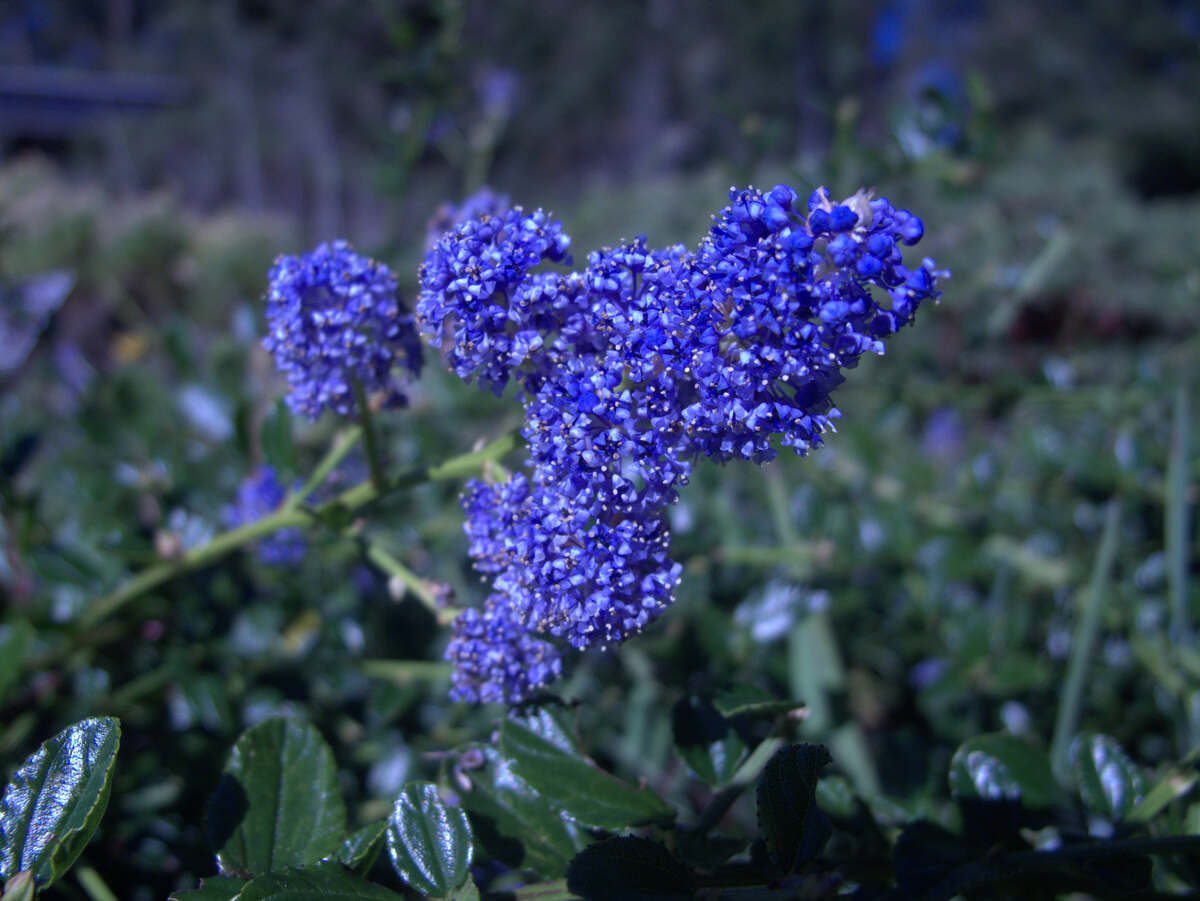
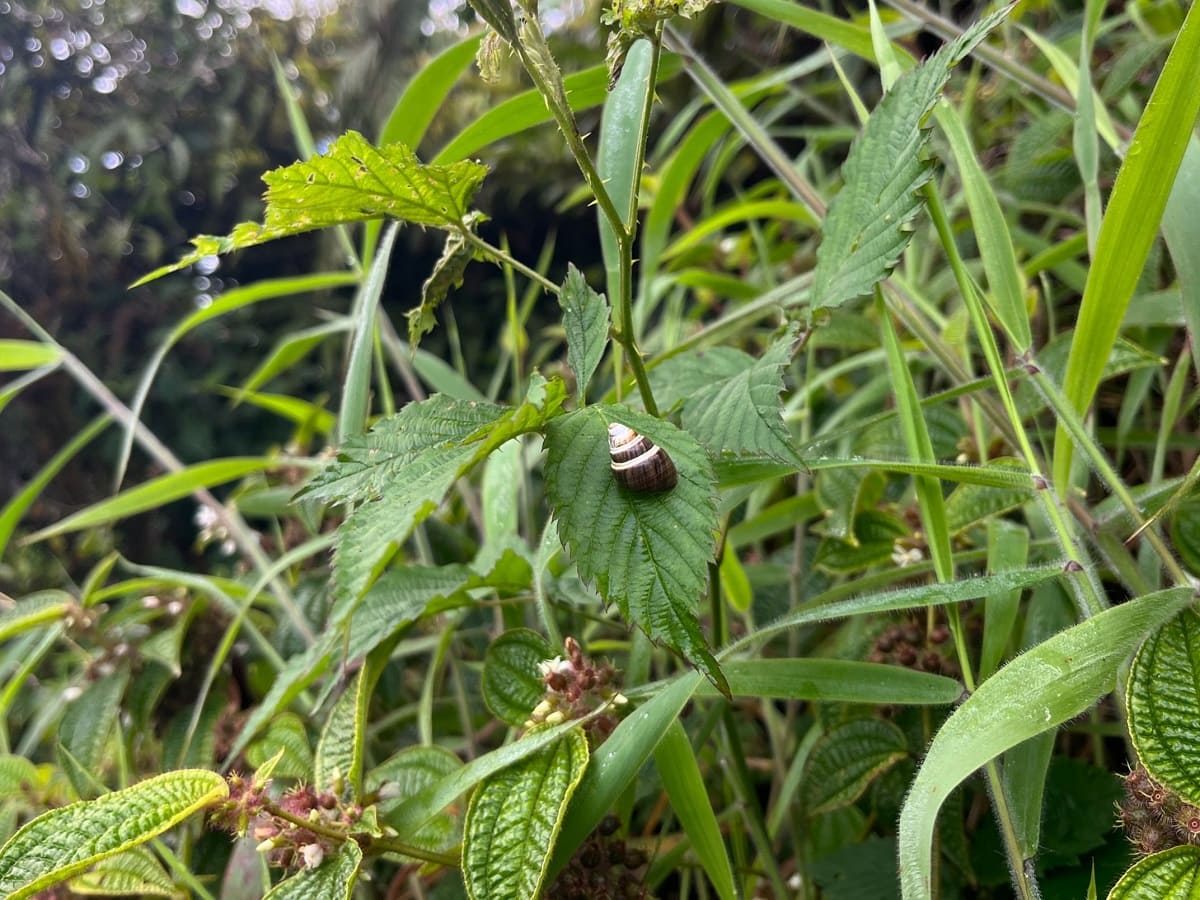
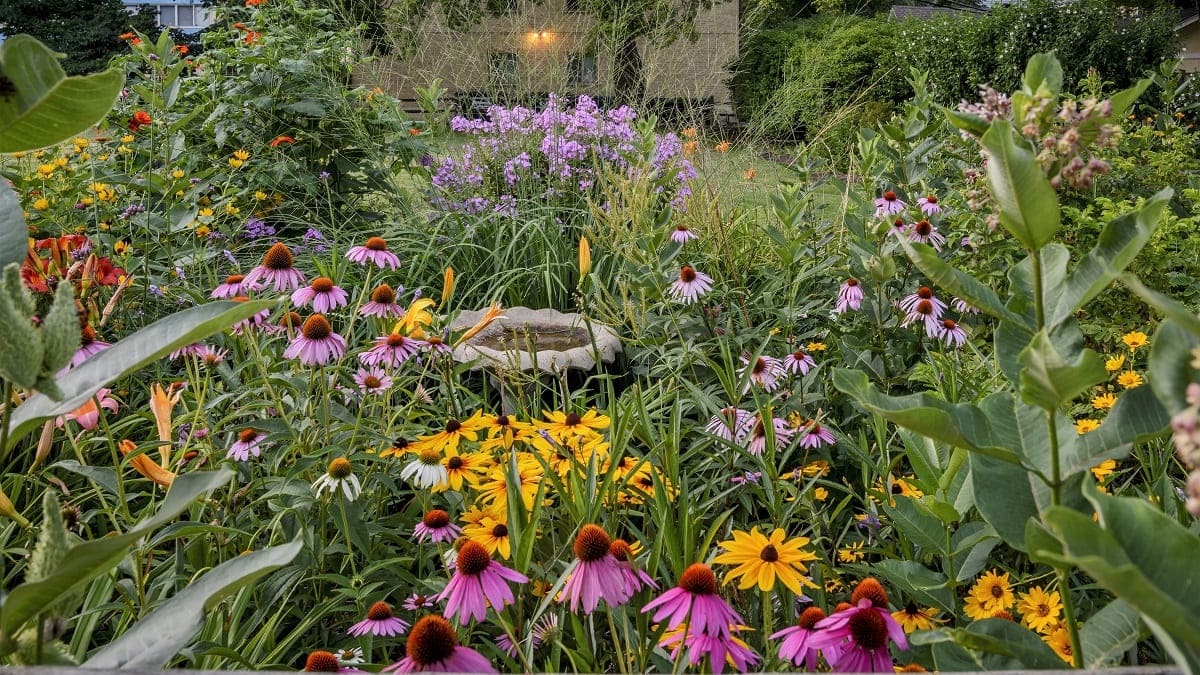
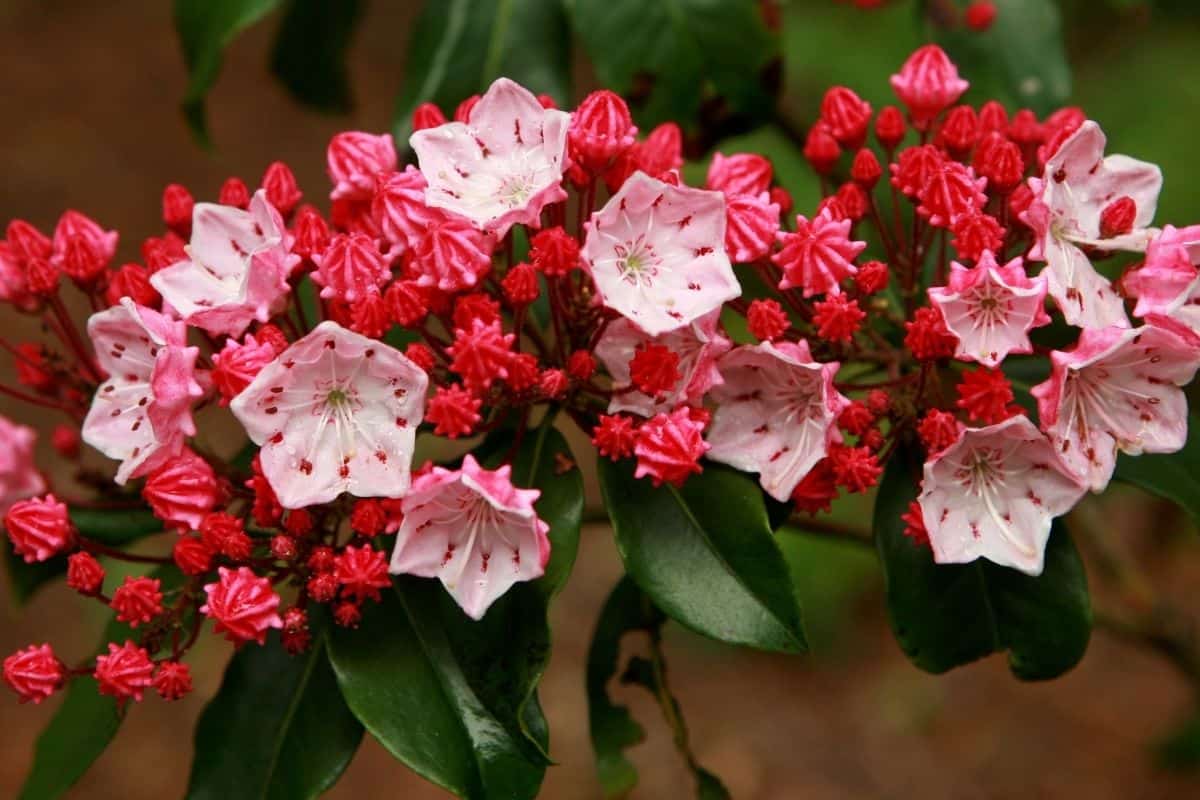
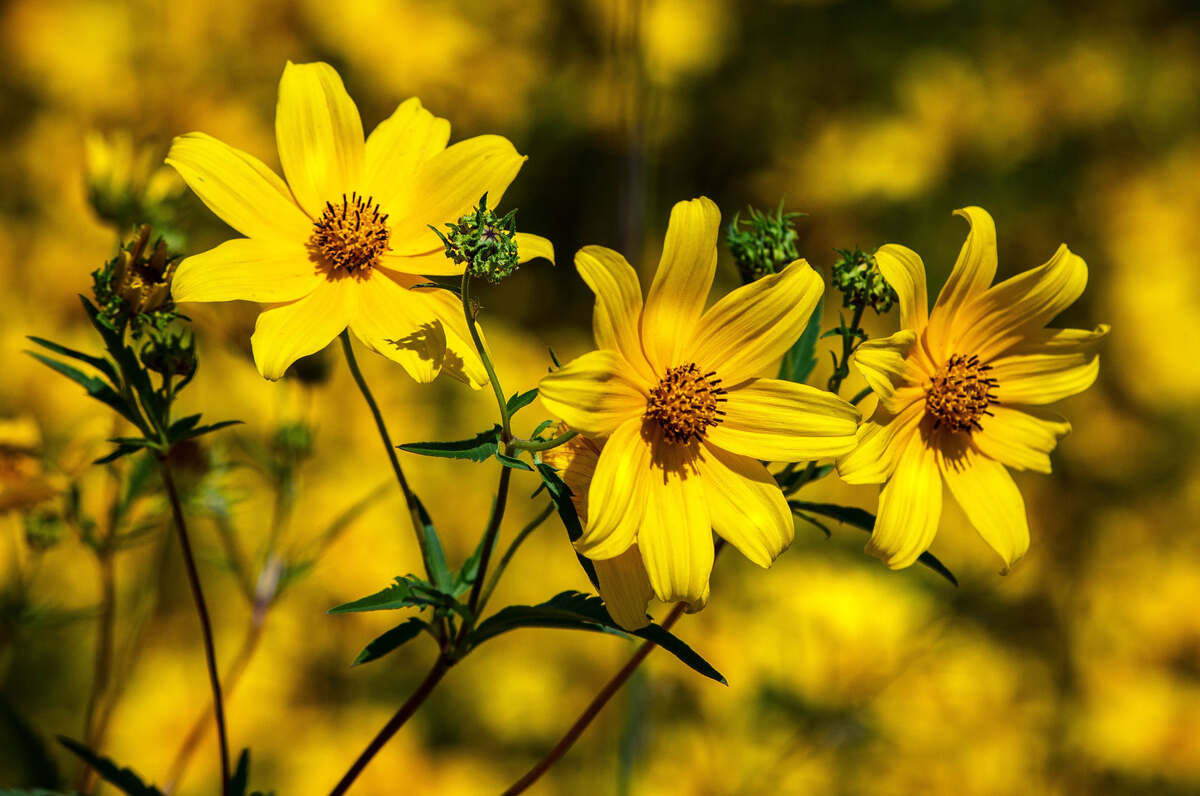
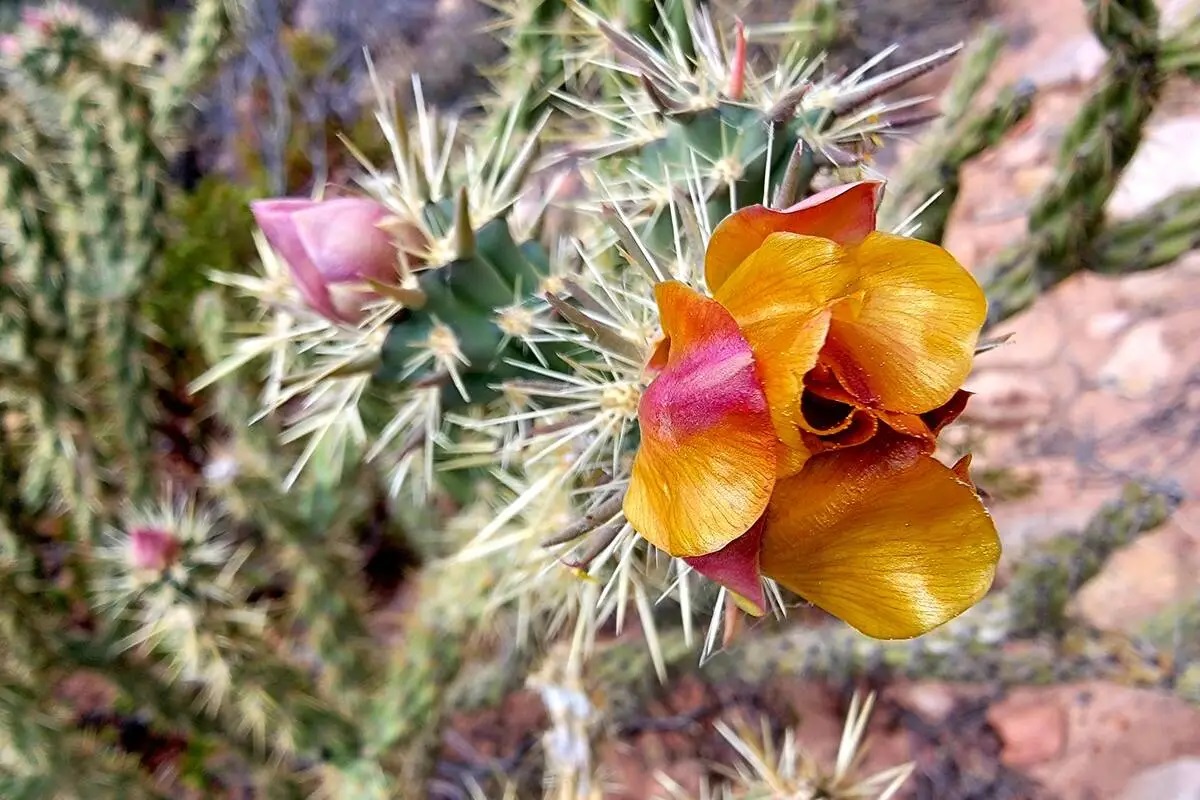
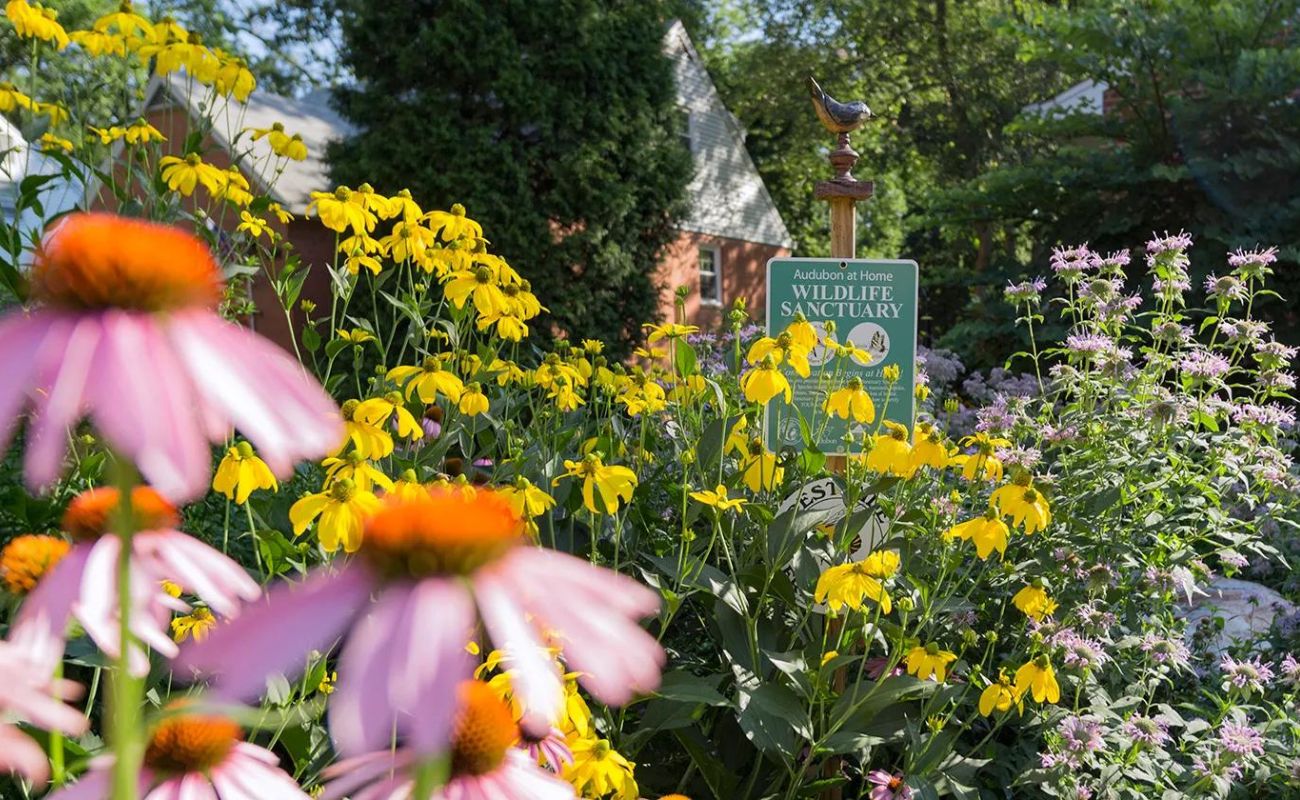
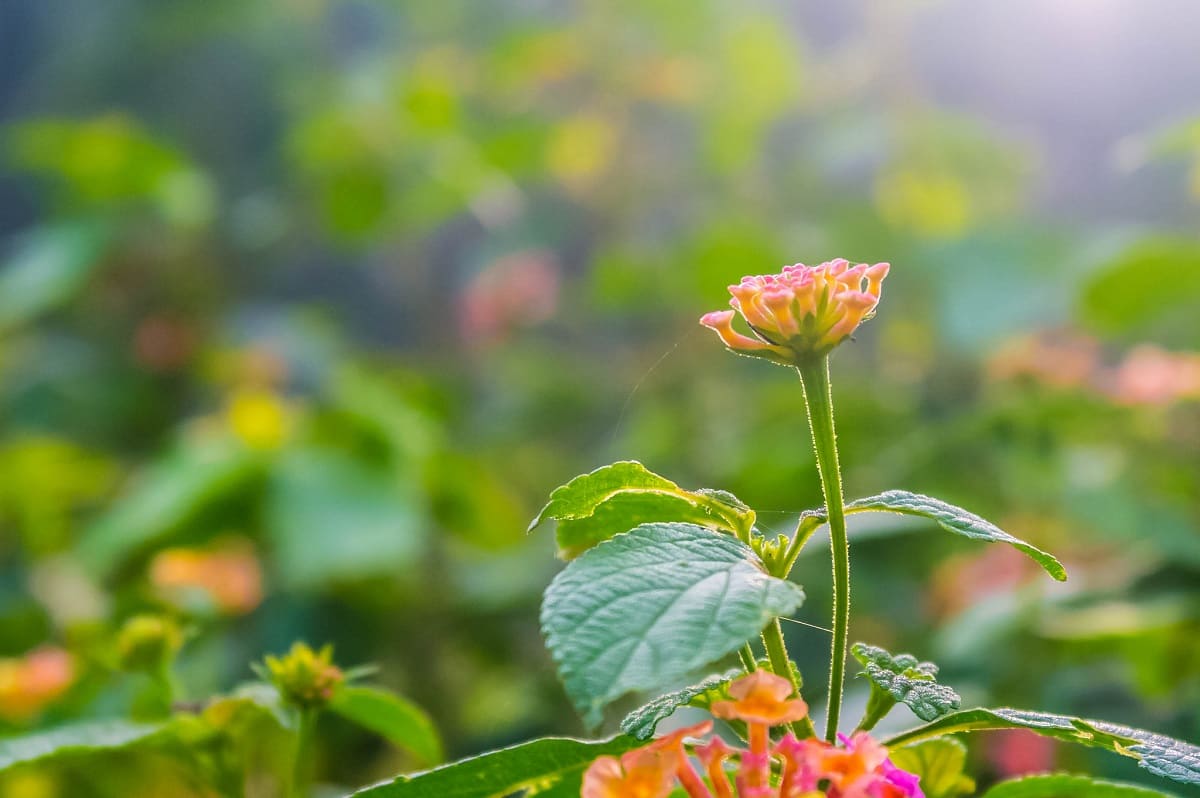
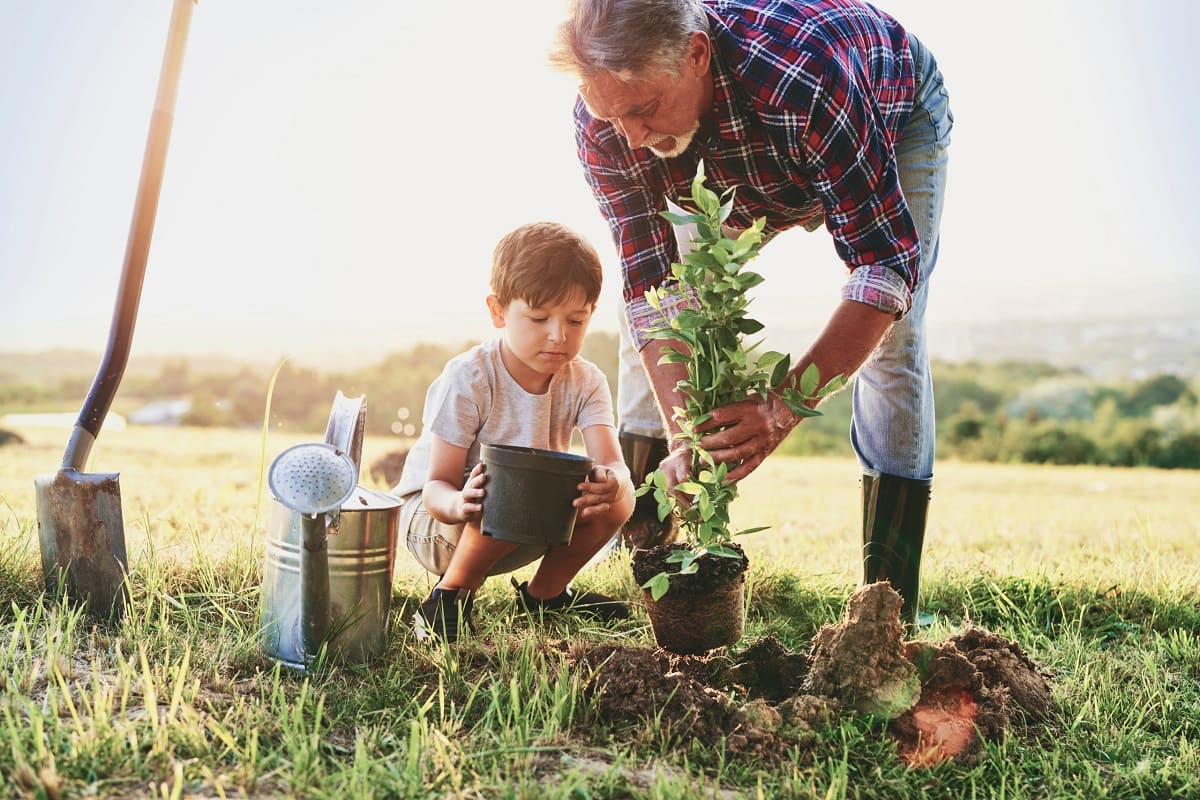
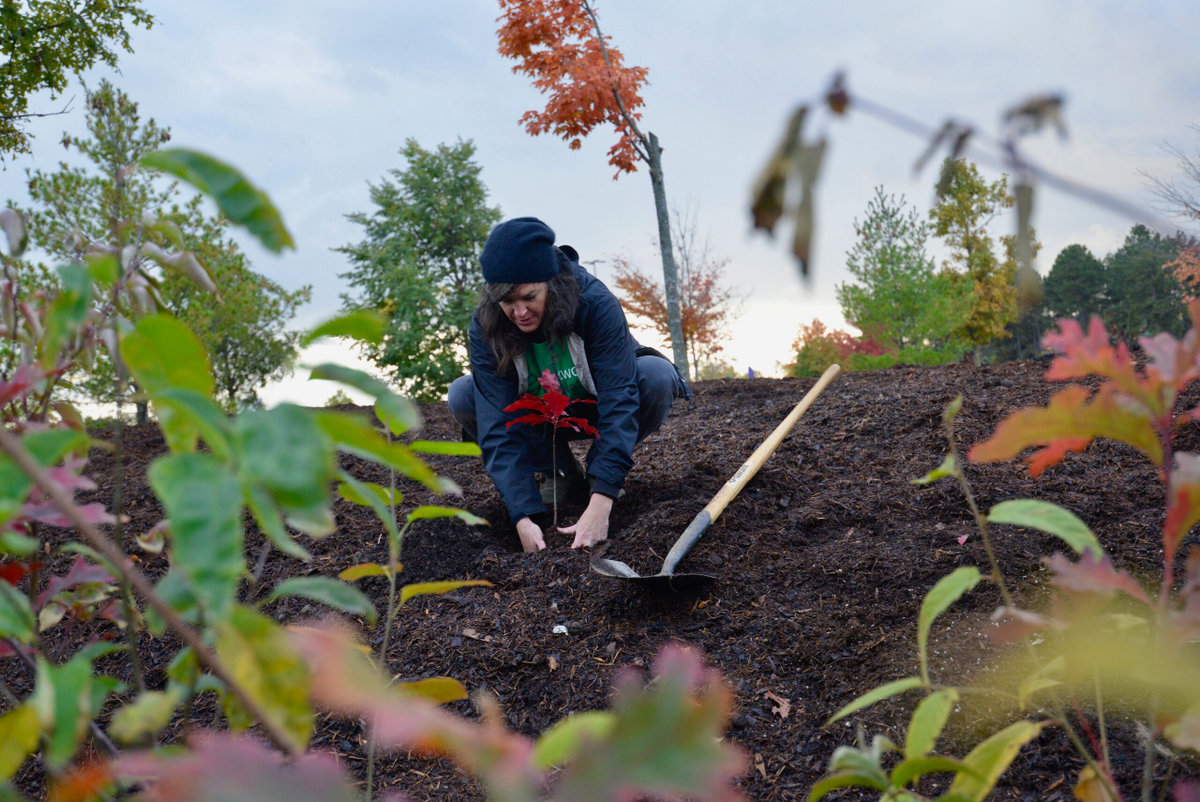

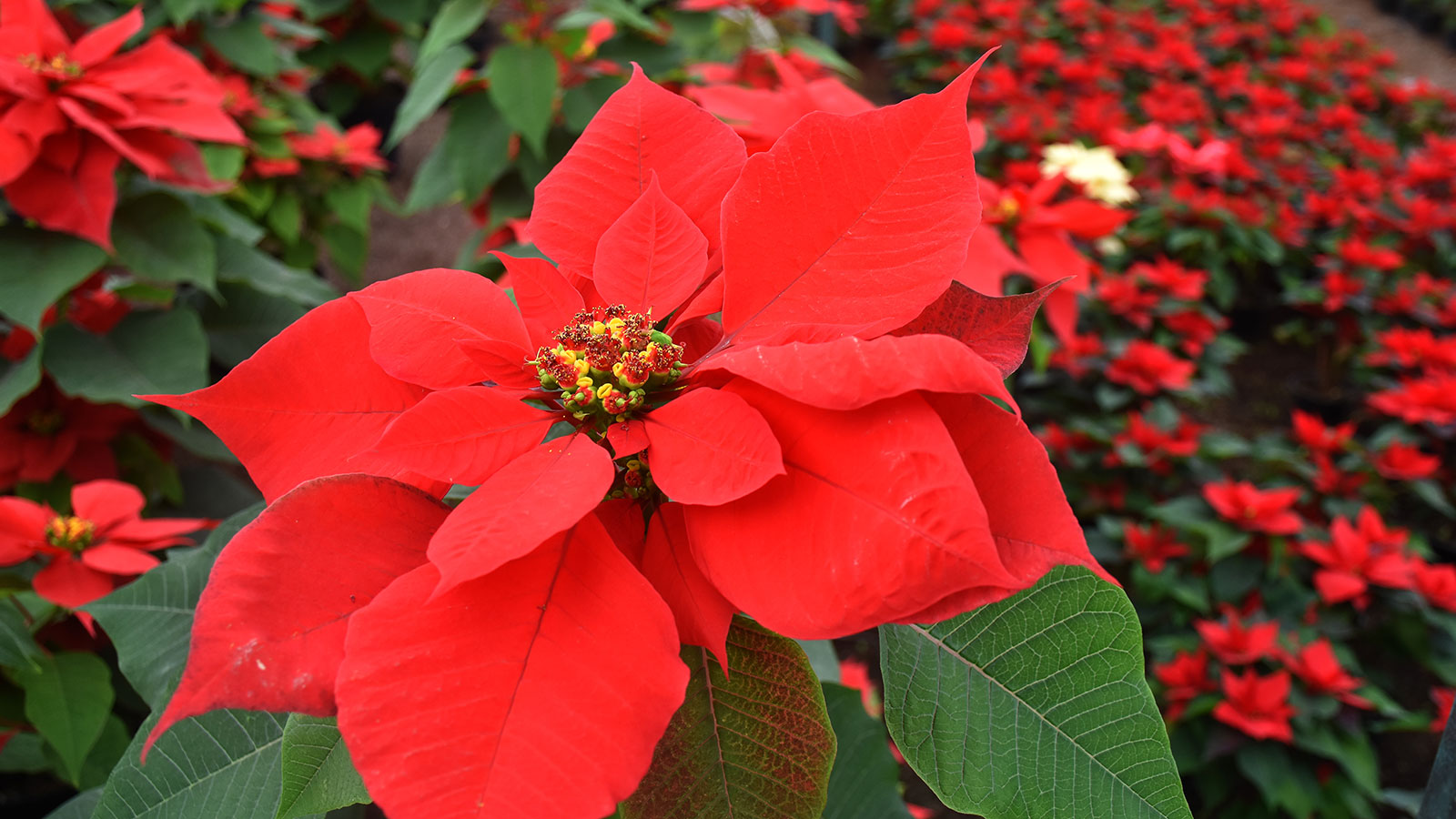
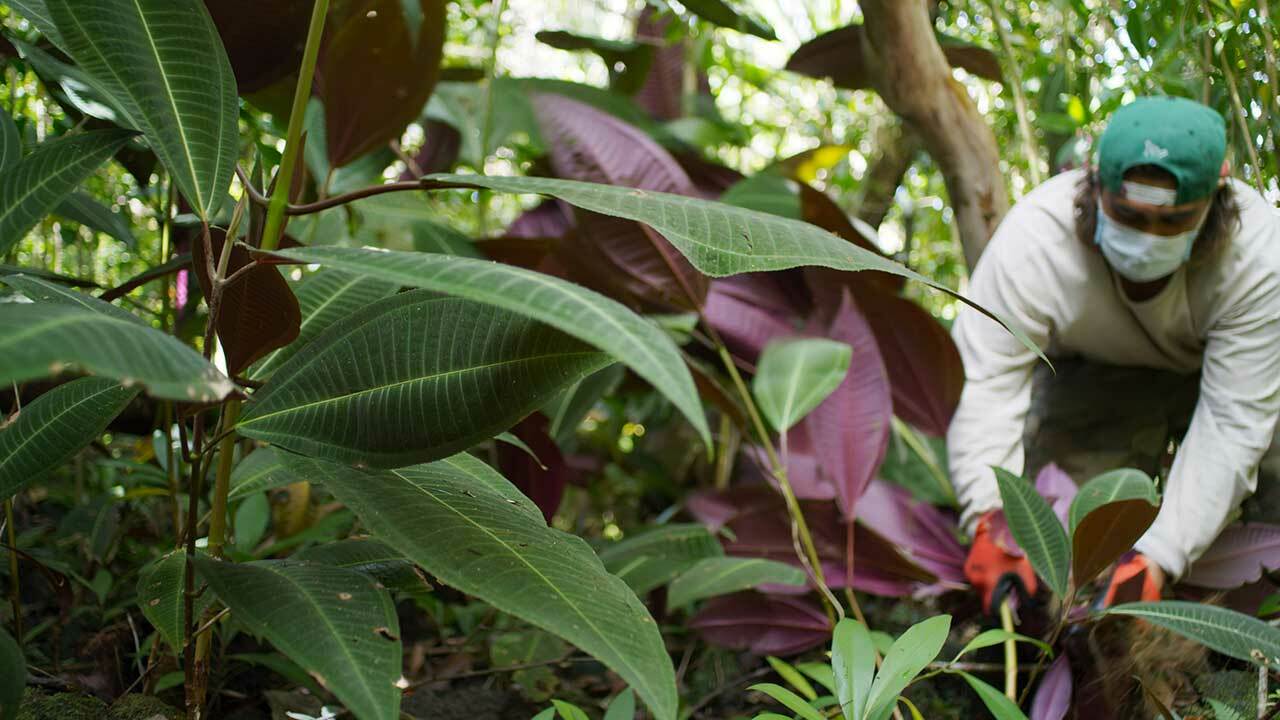
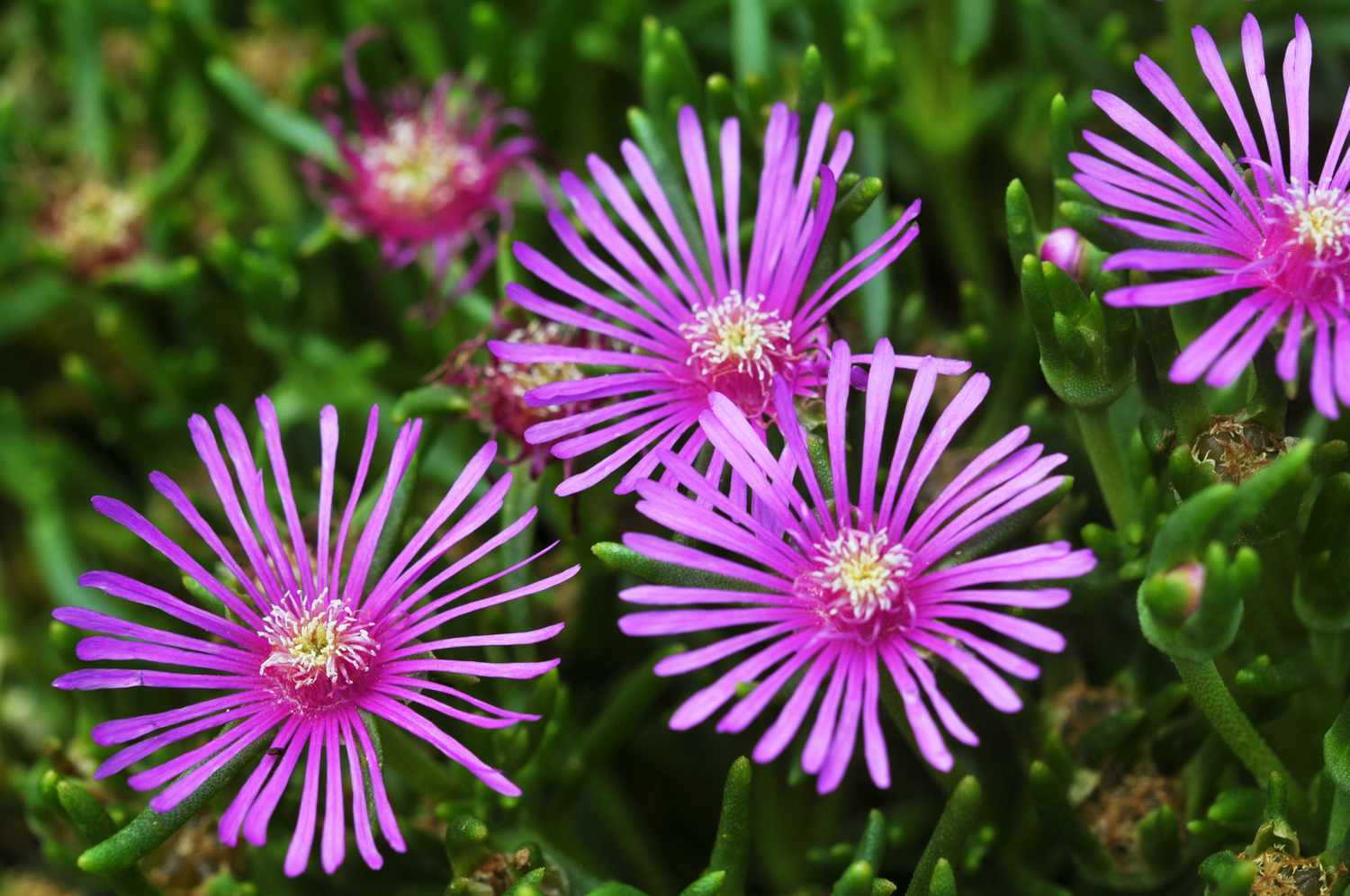

0 thoughts on “What Is A Native Plant”